89,295 Original Miles
Manual Transmission
7.3L V8 Turbodiesel
215 hp @ 3000 RPM*
450 lb/ft torque @ 2000 RPM*
Capable 0-60 MPH: 9.5 seconds
Top Speed: 110 MPH
*Base Price in 1997: $34,644
*Seller Asking:
$34,950 obo
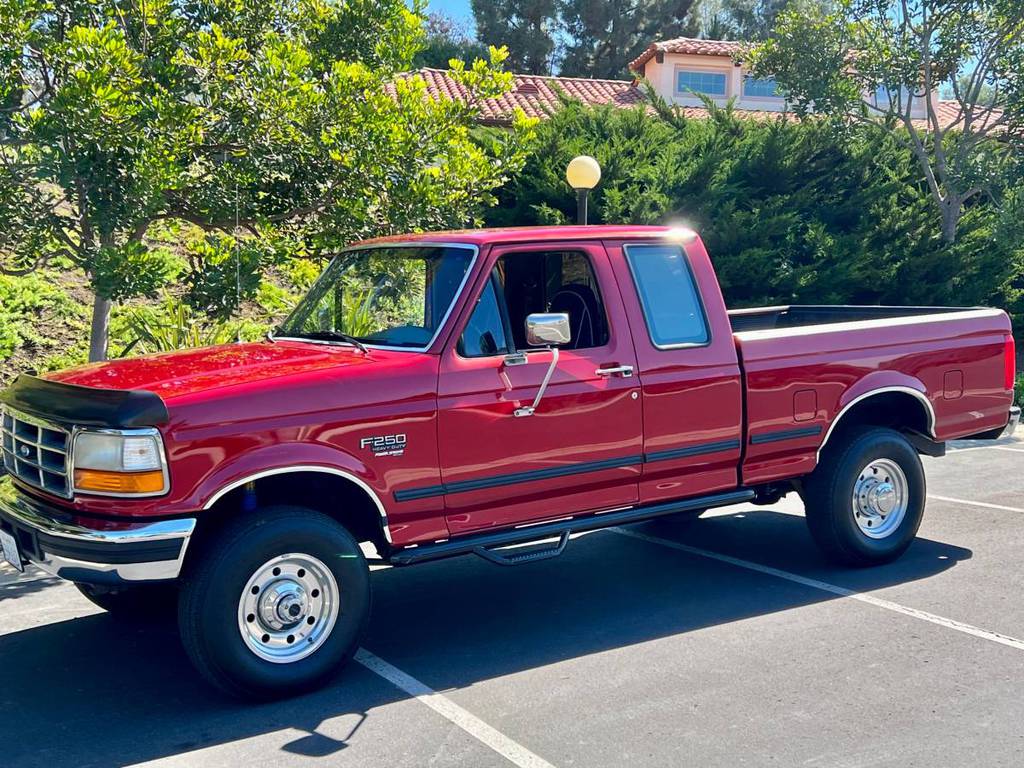
Fast Facts:
- When the turbocharged Powerstroke came out in 1994, it was a completely new turbodiesel engine. It shared nothing with the previous diesel power plant except for bore and stroke dimensions
- The all-cast-iron Powerstroke has a dry weight (no fluids) of 920 lbs. It will start at temperatures as low as 29 degrees below freezing thanks to the oil pressure regulated injection – it can advance itself for a cold start, and retard itself back to keep emissions in check
- The cylinder heads feature six bolts per cylinder. The arrangement allows the 7.3L to handle well over 40 PSI of boost before putting the head gasket at any risk of failure
- All 7.3’s built before 2001 came with forged connecting rods (good for ~600 hp). After 2001, the switch was made to powdered metal rods, which were only good for about ~450 hp. This obviously only matters to those who intend to double the horsepower with performance upgrades, as even the powdered rods are overkill for the stock power level
- The HEUI (hydraulically actuated electronic unit injection) uses a high pressure oil pump (HPOP) to create the required oil pressure to fire all fuel injectors. While the injection system proved to be reliable, it was quite loud – it gave the 7.3L an industrial-grade “clatter” that distinguishes it from other Powerstroke engines. The injector noise was reduced with the 6.0L Powerstroke that replaced it in 2003
- California trucks featured “spit-shot” injectors in ’96 and ’97, while the rest of the lineup settled with “single-shot” injectors. Single-shots only perform one injection of fuel per cycle, while the split-shot injector provides a “pre-injection” before the main charge (this creates a more complete burn, which reduces combustion “knock” and lowers NOx emissions
Key Model Year Changes:
- Final year of the 9th gen F250 Super Duty. Very few changes occurred
- Final year of no CA smog requirement. 1998+ models require smog in CA
- All 1996+ models are OBD2
- Between 1996 and 1997, California 7.3L engines utilize split-shot fuel injectors. These eventually became standard across the board in 1999
- 1995-1998 7.3L engines feature a two-stage cam-driven fuel pump. The frame rail mounted electric pumps didn’t arrive until 1999. An intercooler arrived in ’99 as well
Seller Notes:
- 89k original miles
- 2nd owner
- 7.3 Powerstroke turbodiesel engine
- 5spd manual
- 4×4 Extended cab short bed
- Very clean!
- Upholstery is like new (installed custom wet suit material over the original upholstery for protection)
- Larger exhaust, rear stabilizer bar
- Rubber blocks added above the rear axle to carry a heavy load
- Trailer hitch rear bumper with new wiring for a trailer, never used to tow anything
- Every thing works as it should, never been off road
- No smog needed ever!
- CONTACT SELLER – Update: Seller’s Craigslist ad has been deleted (sold or removed from market)
– Click for shipping quote –
NEVER MISS A CAR!

To list your own car, contact us HERE.
*SAE rated from factory. May not reflect current output.
*Performance numbers pulled from either the factory brochure or reputable automotive road tests.
*Base price when new does not reflect original MSRP of this particular car, nor does it reflect what the original owner paid for it.
*Advertised price at time of posting. Sellers can raise or lower prices on their original ad at any time. Click on the original ad to view current price/availability.
*Performance numbers pulled from either the factory brochure or reputable automotive road tests.
*Base price when new does not reflect original MSRP of this particular car, nor does it reflect what the original owner paid for it.
*Advertised price at time of posting. Sellers can raise or lower prices on their original ad at any time. Click on the original ad to view current price/availability.
Mileage Disclaimer: NOC has not confirmed if the mileage stated by the seller is true and accurate. It is up to the buyer to verify these claims. Vehicle history reports, service records stating mileage, and even inspections of odometer tampering are recommended.
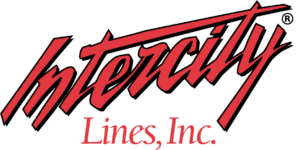
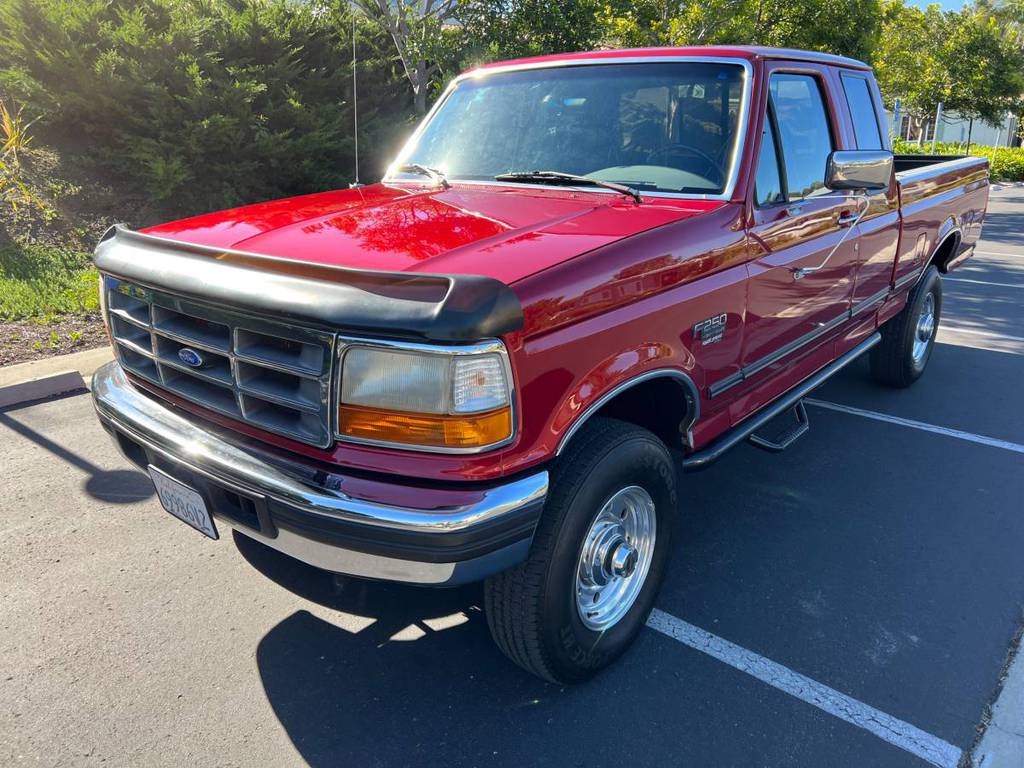
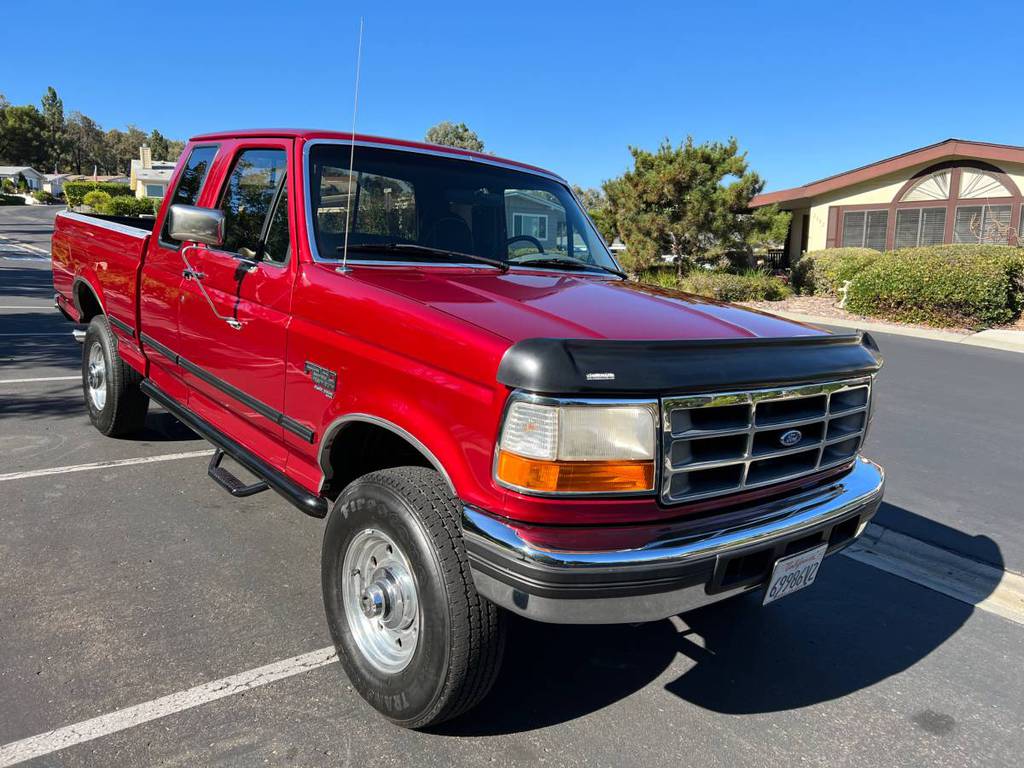
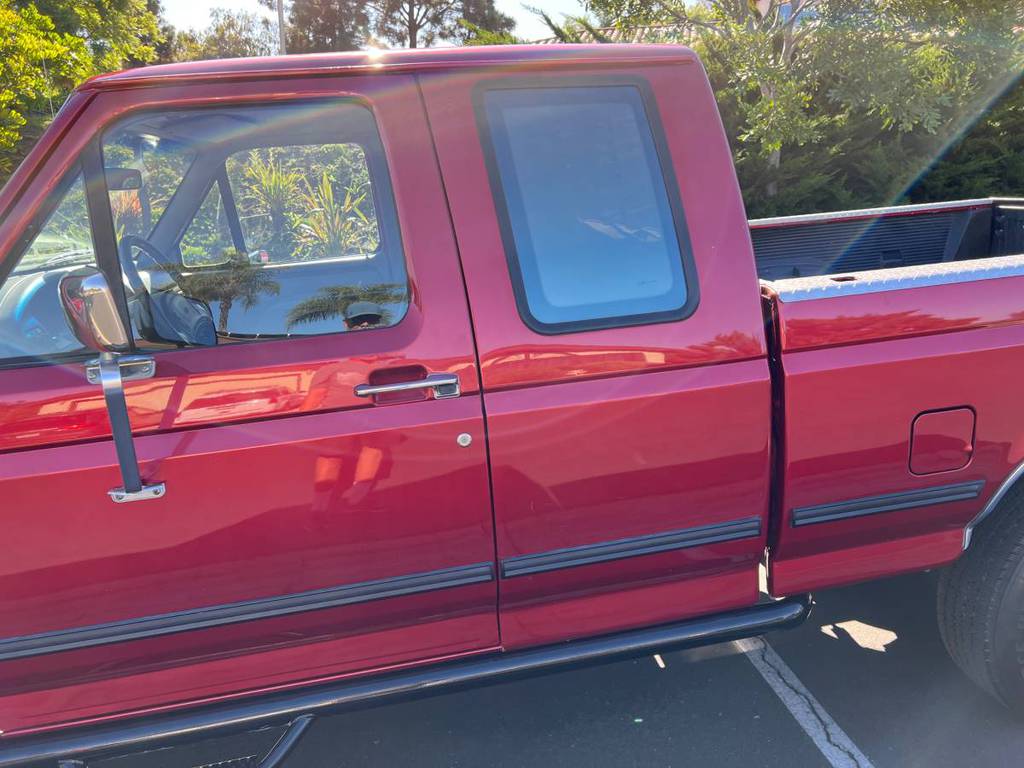
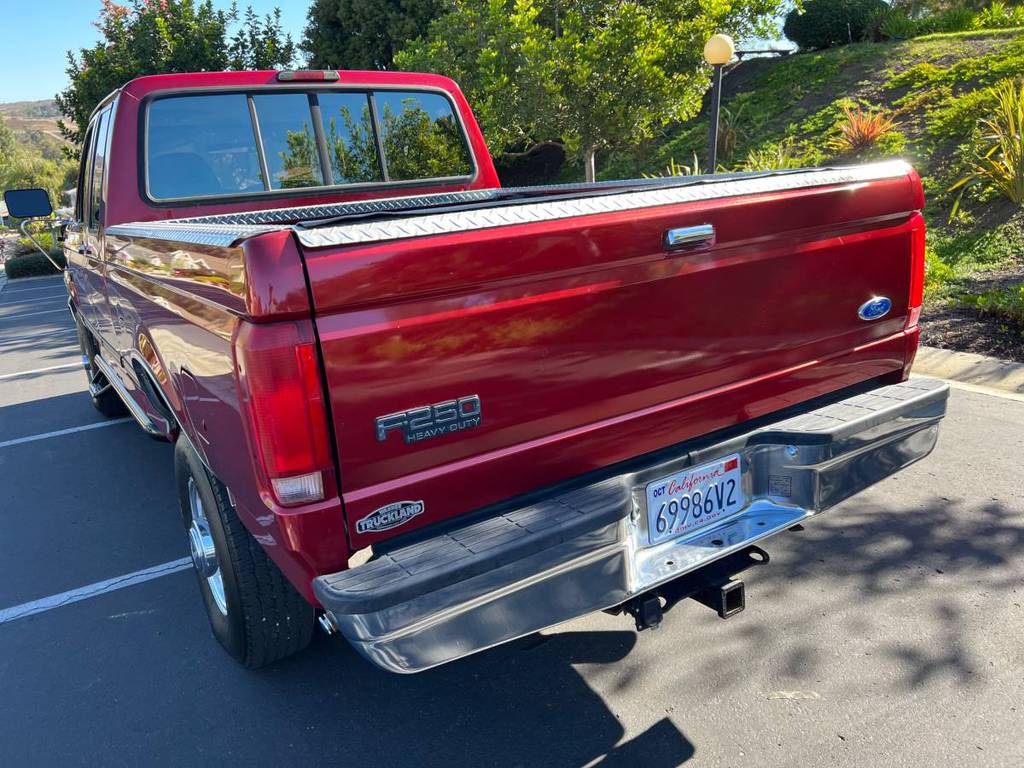
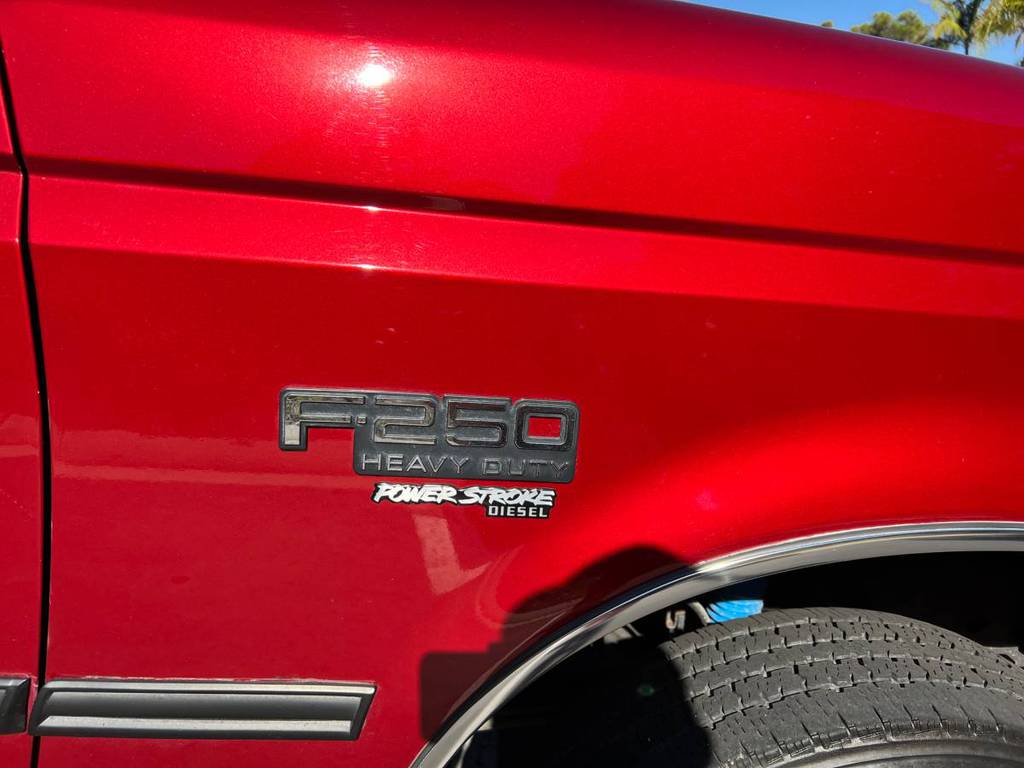
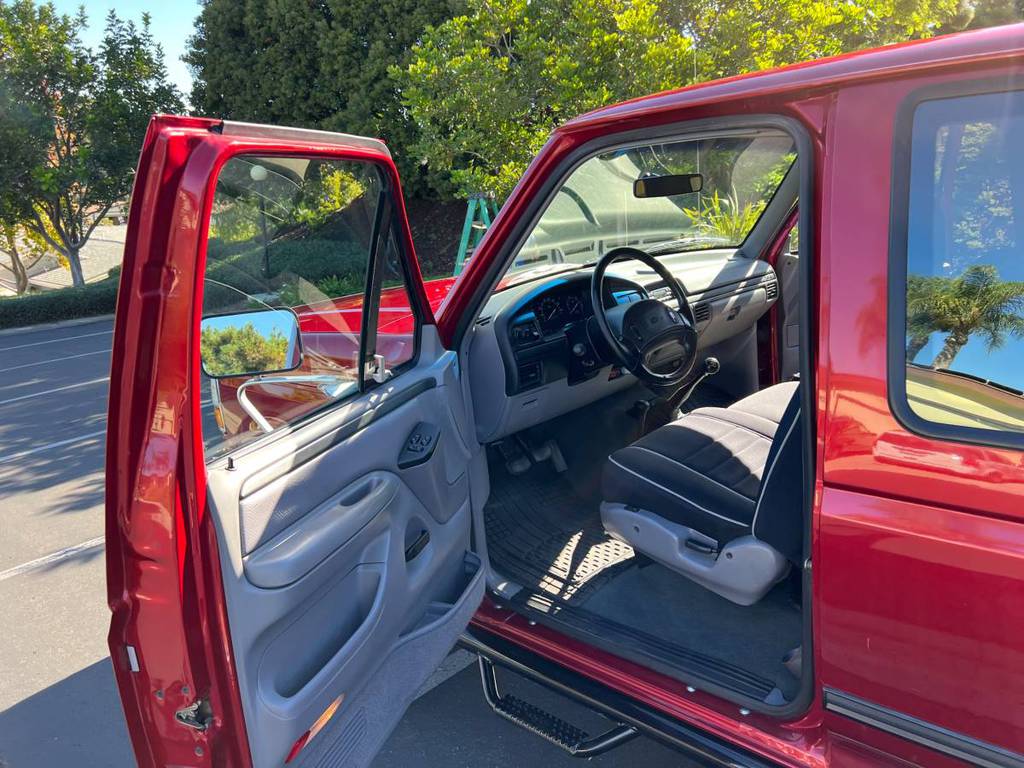
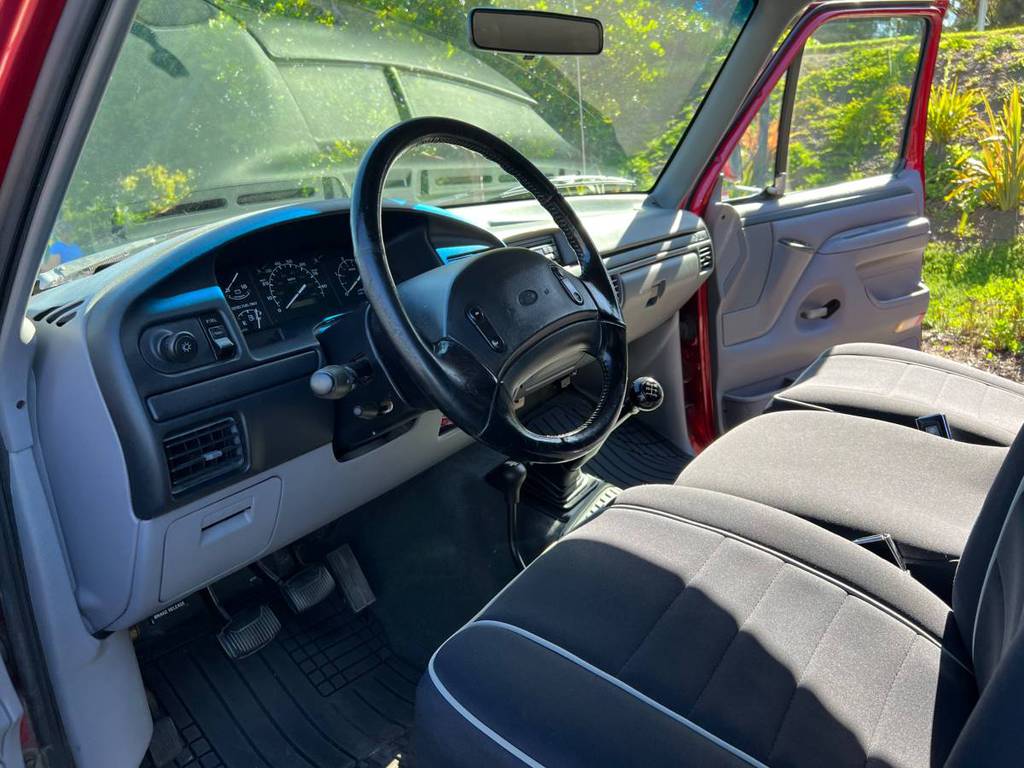
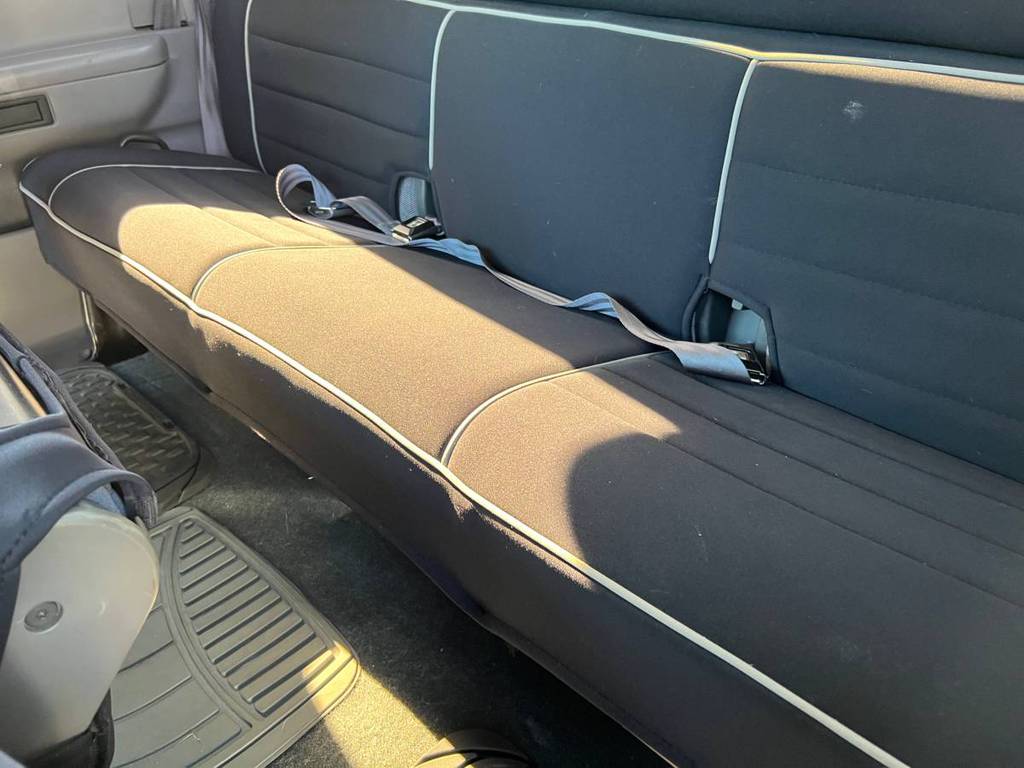
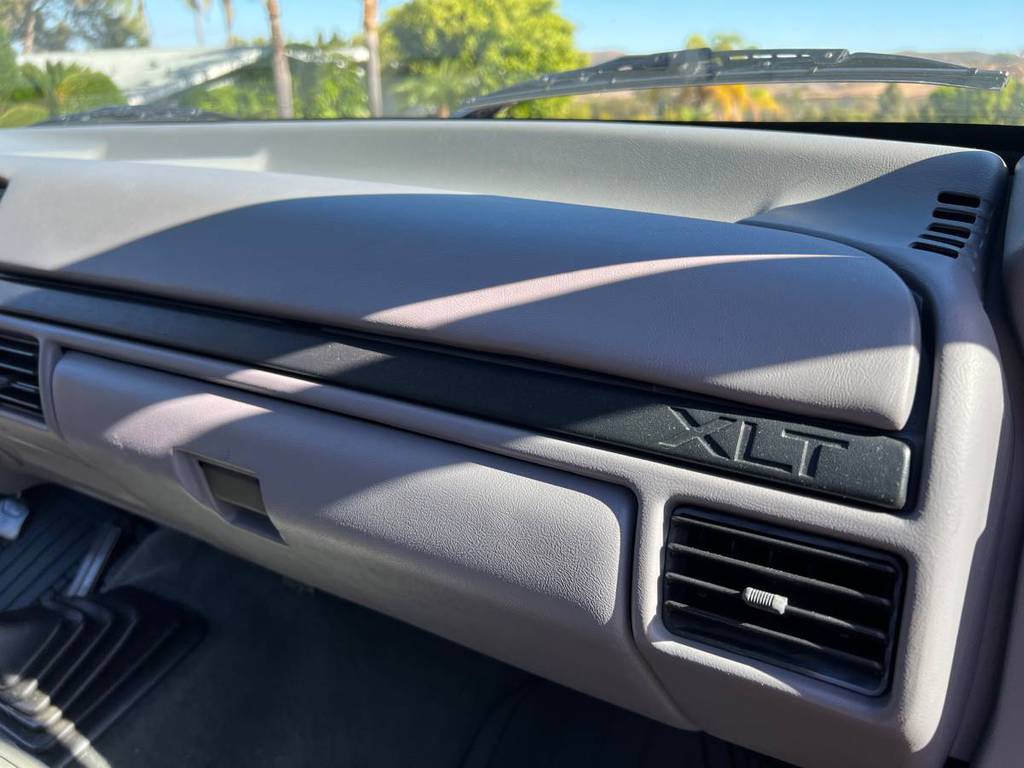
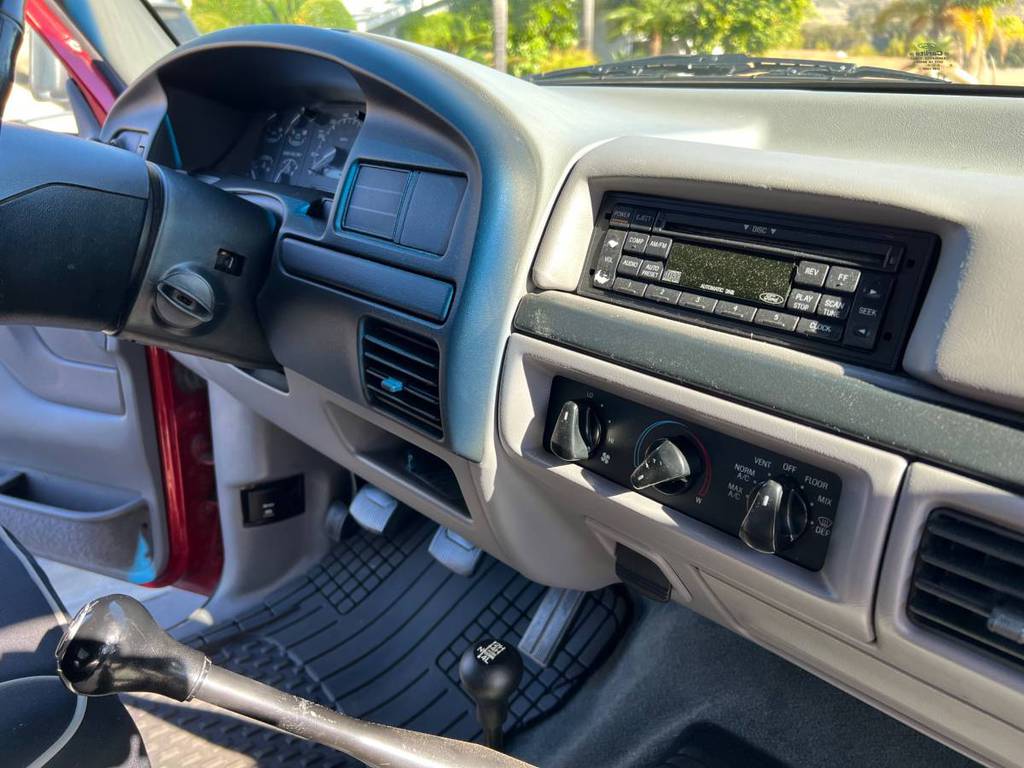
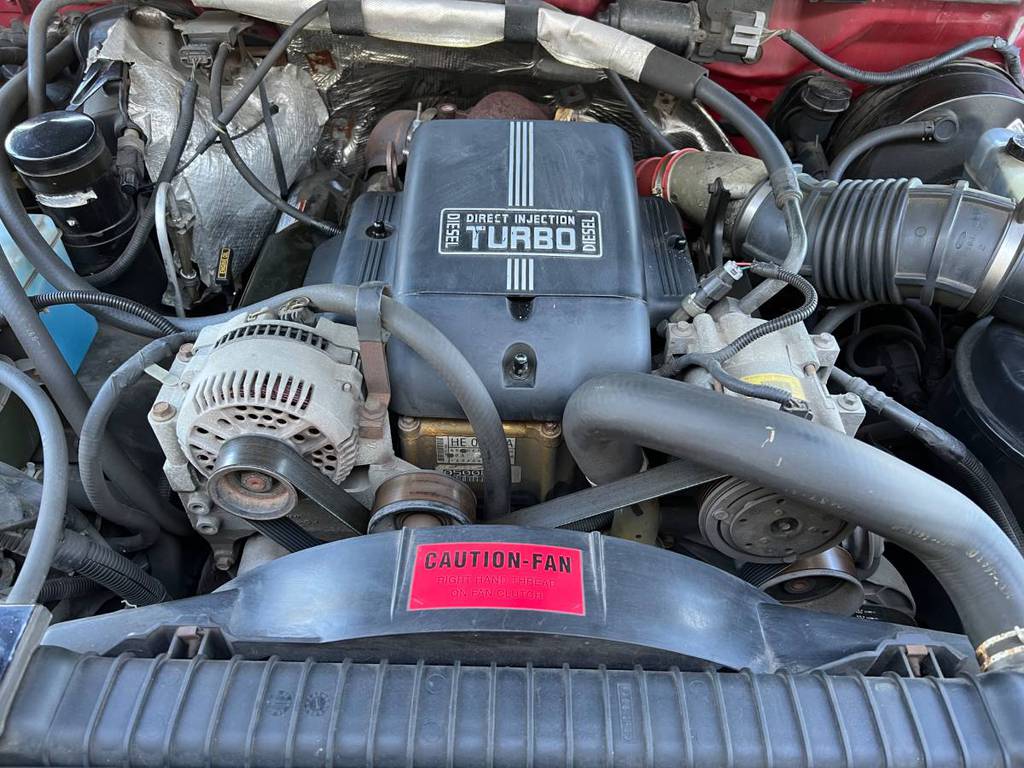
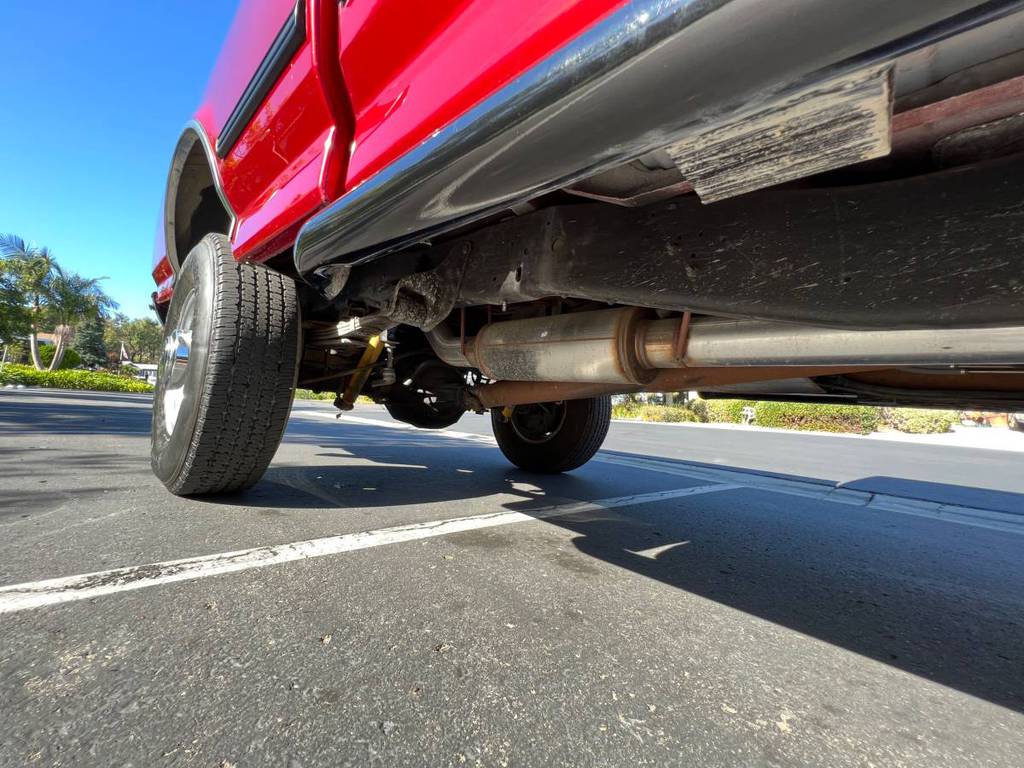
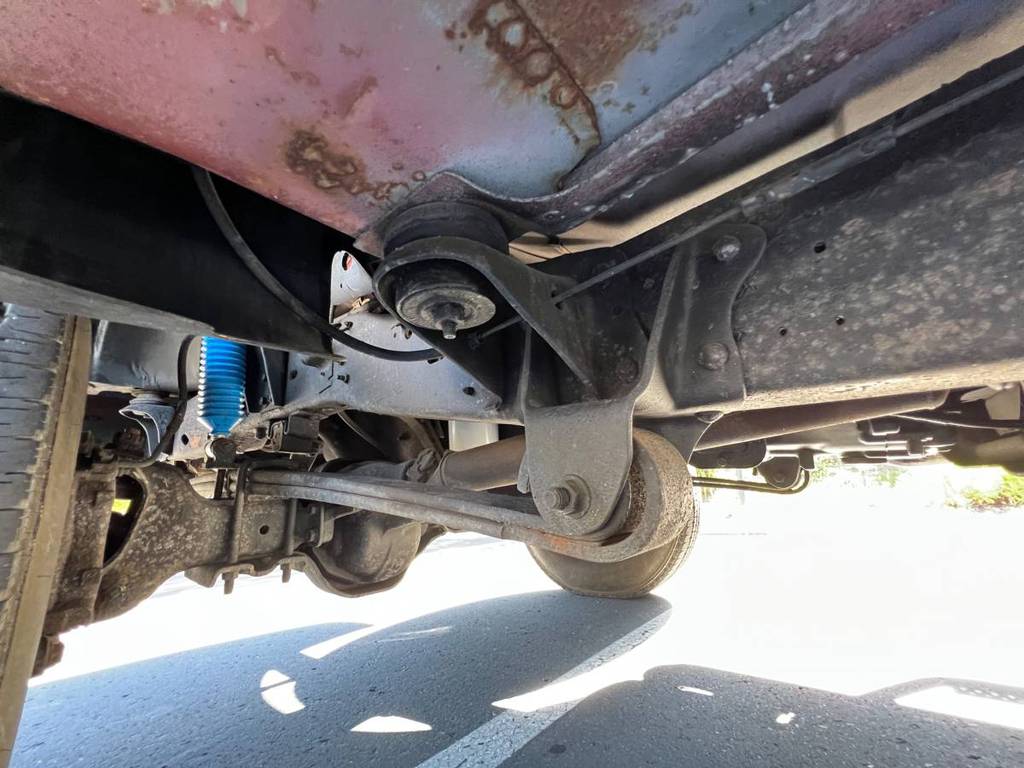
- COMMENTS -